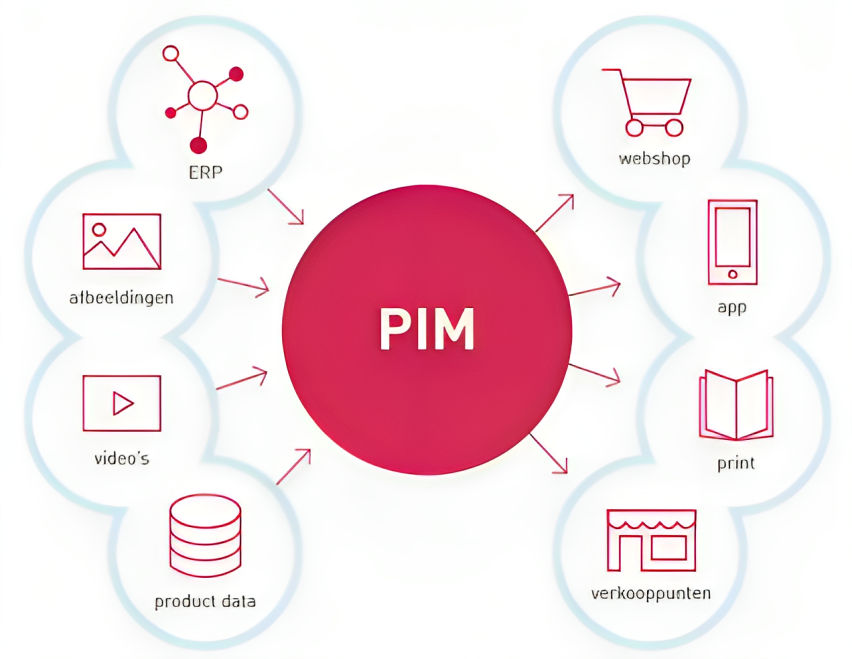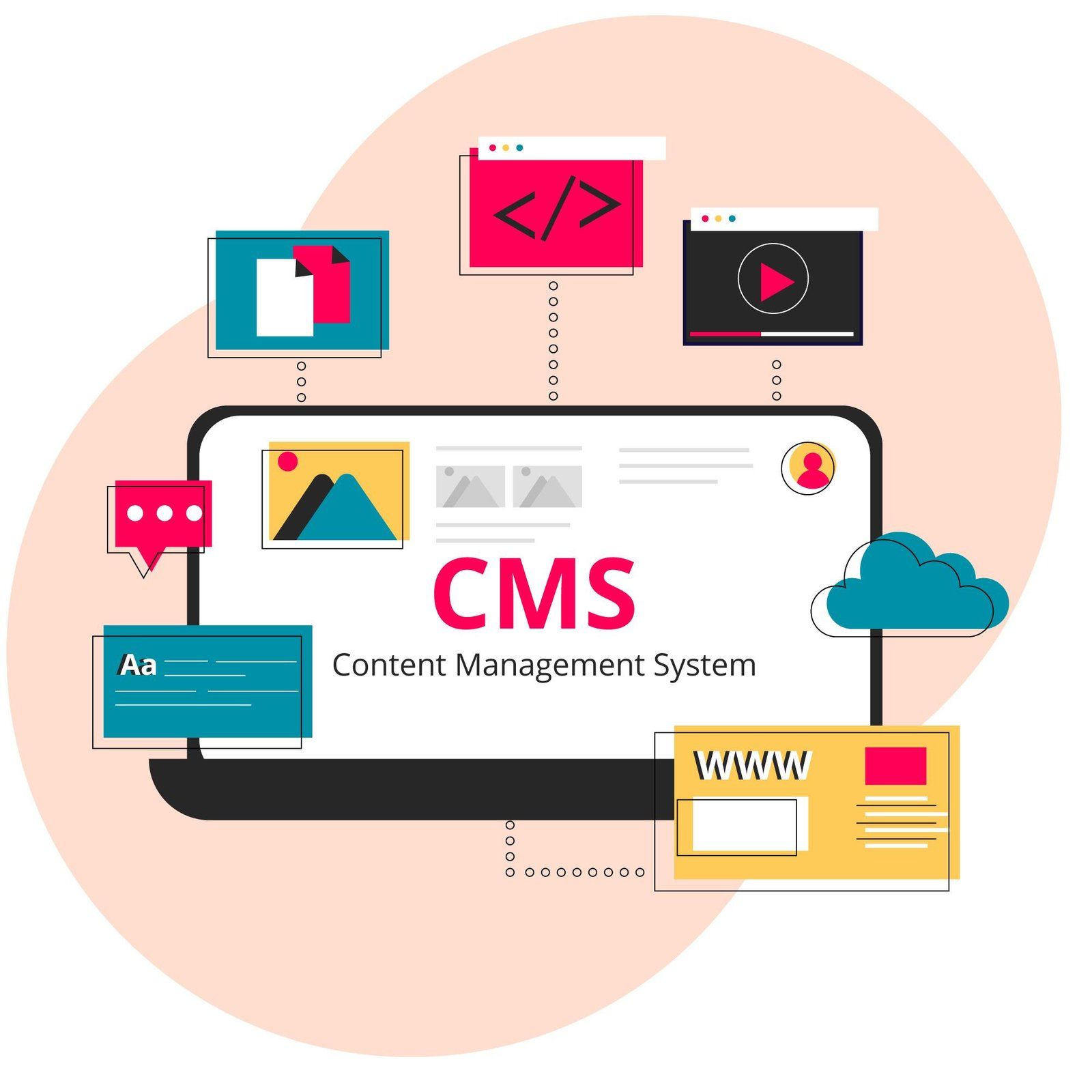COMMERCE
PARTNER STRATEGY
Partner strategy in COMMERCE involves formal collaborations between businesses, such as joint ventures, alliances, or licensing agreements, aimed at achieving shared objectives. This strategy is solidified through contractual agreements defining terms and conditions. Successful partnerships hinge on a comprehensive grasp of each partner's strengths, resources, and objectives. A unified vision, commitment to common goals, and cooperation are essential for synergy in achieving desired outcomes. Leveraging unique expertise and resources, partners work jointly to capitalize on their strengths, fostering innovation and competitiveness.
The advantages of a COMMERCE partner strategy are manifold. Businesses can penetrate new markets, expand their footprint, and benefit from economies of scale. Moreover, partnerships enable risk-sharing, technology access, and leveraging strengths to drive success. Despite the benefits, partnerships can be complex when partners hold divergent goals. Effective partnerships demand transparent communication, trust, and defined decision-making processes to swiftly adapt to market changes. In today's dynamic business landscape, a well-executed COMMERCE partner strategy equips businesses to flourish, innovate, and stay competitive.
Implementing a partner strategy empowers businesses to navigate competitive markets and attain their objectives. By forging alliances and embracing a collaborative approach, enterprises can thrive and evolve amidst rapid changes, gaining a competitive edge in their industries.

OMNICHANNEL EXPERIENCE
An omnichannel COMMERCE customer experience, integrating diverse communication channels like phone, email, live chat, social media, and in-person interactions, has become an anticipated standard for consumers. This approach ensures a seamless journey, irrespective of how or where customers engage with the brand. For instance, a shopper exploring products online may seek clarification via live chat, then seamlessly transition to a phone call, with the representative retaining chat history. This fluidity drives the appeal of omnichannel experiences.
This approach elevates customer satisfaction and loyalty by delivering consistent engagement. Meeting customers on preferred platforms fosters a sense of value. Enhanced retention and loyalty stem from this personalized service. Moreover, integrating channels streamlines data access, empowering agents to resolve issues faster by leveraging comprehensive customer histories. Consequently, businesses drive efficiency, curtail service costs, and elevate customer satisfaction, gaining a competitive edge in an evolving COMMERCE market. Adapting to these digital advancements is imperative for businesses to meet evolving customer expectations effectively.

PRODUCT INFO MANAGEMENT
Product Information Management (PIM) stands as a pivotal facet in contemporary COMMERCE business strategies, especially in the digital era where consumers demand precise, comprehensive details about desired products. PIM systems serve to consolidate and streamline the handling of product information, scattered across departments and various platforms. Its core aim is to maintain accurate, uniform, and current product data across all touchpoints, fostering brand credibility, customer reliance, heightened sales, and enhanced satisfaction.
More than a mere informational tool, PIM represents a vital COMMERCE strategy enabling efficient marketing and sales operations. Centralizing product data in a singular repository simplifies updates and dissemination across diverse channels, mitigating errors stemming from manual data processes. Furthermore, PIM bolsters customer experiences by furnishing precise, updated product details—comprising specifications, multimedia, and reviews—empowering informed consumer decisions. This interactive experience nurtures customer satisfaction and brand loyalty.
Moreover, PIM drives efficiency and cost reduction by automating manual tasks linked to product data management. The resultant workload reduction heightens productivity, leading to streamlined operations and potential cost savings. Ultimately, adept PIM implementation ensures businesses thrive, amplifying customer experience, operational efficiency, and brand credibility, which in the COMMERCE digital age is an indispensable investment for any thriving enterprise.
CMS INTEGRATION
Enhance your COMMERCE website or web application by integrating a customized Content Management System (CMS) for tailored business needs. A CMS empowers businesses to effortlessly manage, edit, and publish digital content without developer reliance. Integrating a CMS into your site provides flexibility, enabling efficient content management.
This integration brings cost savings and quicker update implementation, reducing dependency on developers. Unlike WordPress limitations, CMS integration allows building a website from scratch, ensuring a unique appearance. Customization caters specifically to your COMMERCE business requirements, offering a personalized touch absent in standard platforms.
CMS integration doesn't just streamline content management; it enhances overall functionality. Features like SEO optimization, social media integration, and multi-language support elevate user experience, boosting site visibility and engagement.
By adopting CMS integration, COMMERCE businesses gain autonomy, save resources, and elevate their online presence. Whether a startup or a corporation, investing in CMS integration ensures better website control and success in the COMMERCE digital landscape.


PLATFORM IMPLEMENTATION
Platform implementation, a crucial phase in launching a software or technology platform in COMMERCE, involves deploying it for use by the intended audience. This process encompasses deploying the platform, adjusting its infrastructure, and creating necessary customizations to meet specific business needs. Integration of essential systems and technologies is key for the platform's optimal functionality. Open implementation, allowing engineers to modify the platform's underlying code, offers enhanced flexibility for customization, fostering collaboration within the engineering community. This collaborative approach empowers organizations in COMMERCE to tailor platforms to their unique requirements, potentially boosting productivity. Moreover, this method can cut costs significantly by enabling in-house modifications, reducing reliance on external vendors. By leveraging open implementation, COMMERCE businesses achieve adaptability, cost-effectiveness, and efficiency in meeting their specific goals, enhancing platform performance and reliability.
FAQ's
Commerce marketing involves comprehensive planning and collaborative solutions between a product or service and its sales channels. These channels can include retail, e-commerce, mobile commerce (m-commerce), and direct-to-consumer approaches. Regardless of the nature of the business, whether it’s in shoes, banking, gasoline, mattresses, fitness-as-a-service, or staplers, commerce marketing aims to optimize strategies and interactions across all relevant sales channels.
Product Information Management (PIM) is the systematic process of overseeing and enhancing product information along with associated digital assets. This management spans across various teams and aims to ensure a compelling product experience, facilitating successful product sales through multiple marketing and sales channels.
- Product Manager
- Product Marketer
- Creator
- E-Commerce Manager
- Agencies
PIM Software allows to:
- Launch a product fast
- Protect their brand
- Enter data once
- Eliminate email chains
- Speed up approvals
- Win over shoppers
There are majorly 5 types of CMS:
- Component Content Management Systems (CCMS)
- Digital Asset Management Systems (DAM)
- Document Management Systems (DMS)
- Enterprise Content Management Systems (ECM)
- Web Content Management Systems (WCMS)
A partnership strategy involves a business arrangement between two or more non-competing businesses with the aim of establishing a mutually beneficial relationship. This collaborative approach allows companies to work together to achieve shared goals and leverage each other’s strengths, resources, or expertise.
A product information manager plays a critical role in ensuring that accurate and current product information is accessible to internal teams, partners, and customers. Their responsibilities include overseeing product data, which encompasses specifications, pricing details, images, and descriptions. By managing this information effectively, product information managers contribute to the seamless flow of accurate details throughout the organization and to external stakeholders.
It includes multiple informations:
- Product Data
- Digital Assets
- Marketing Content
- Marketing Data
- Localized and Regionalized information
A CMS integration involves the incorporation of a content management system (CMS) into an existing website or web application. This process enables efficient management, creation, and modification of digital content on the website or application.
Platform implementation refers to the process of introducing and setting up all the required IT systems to operate the imbalance netting process effectively. This involves implementing the necessary technological infrastructure and systems to facilitate and manage the netting of imbalances in a specified platform or framework.






